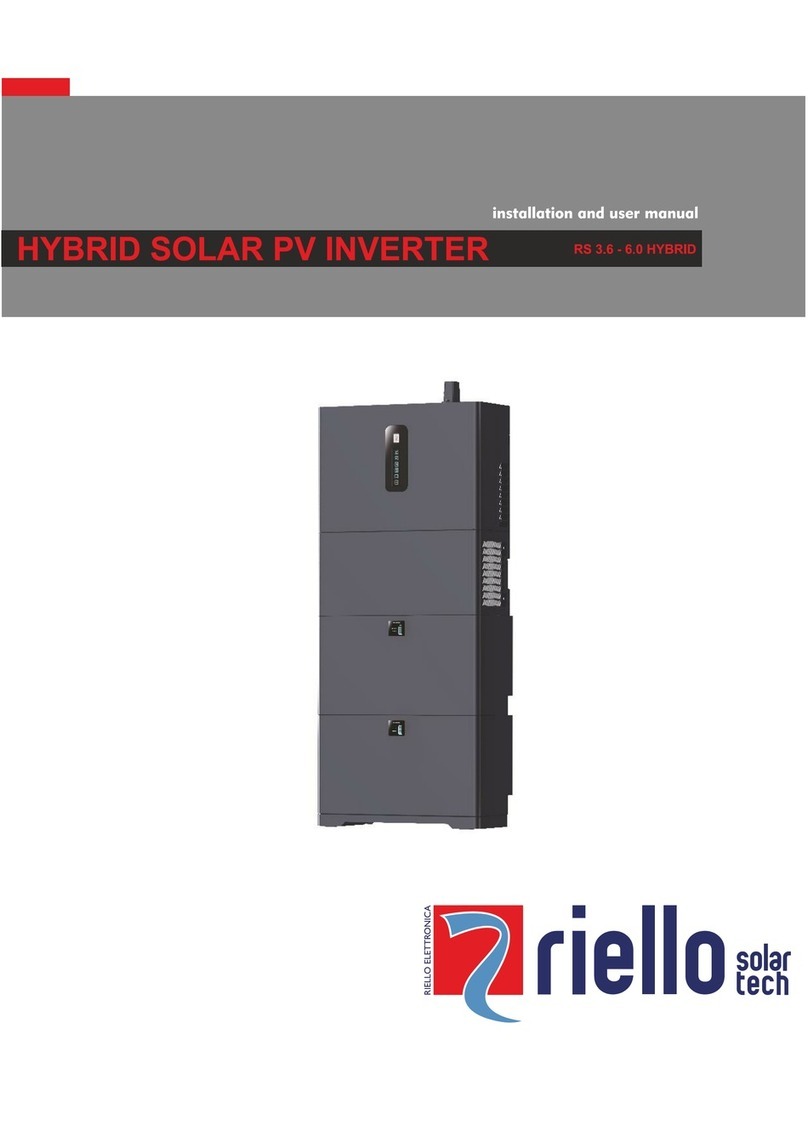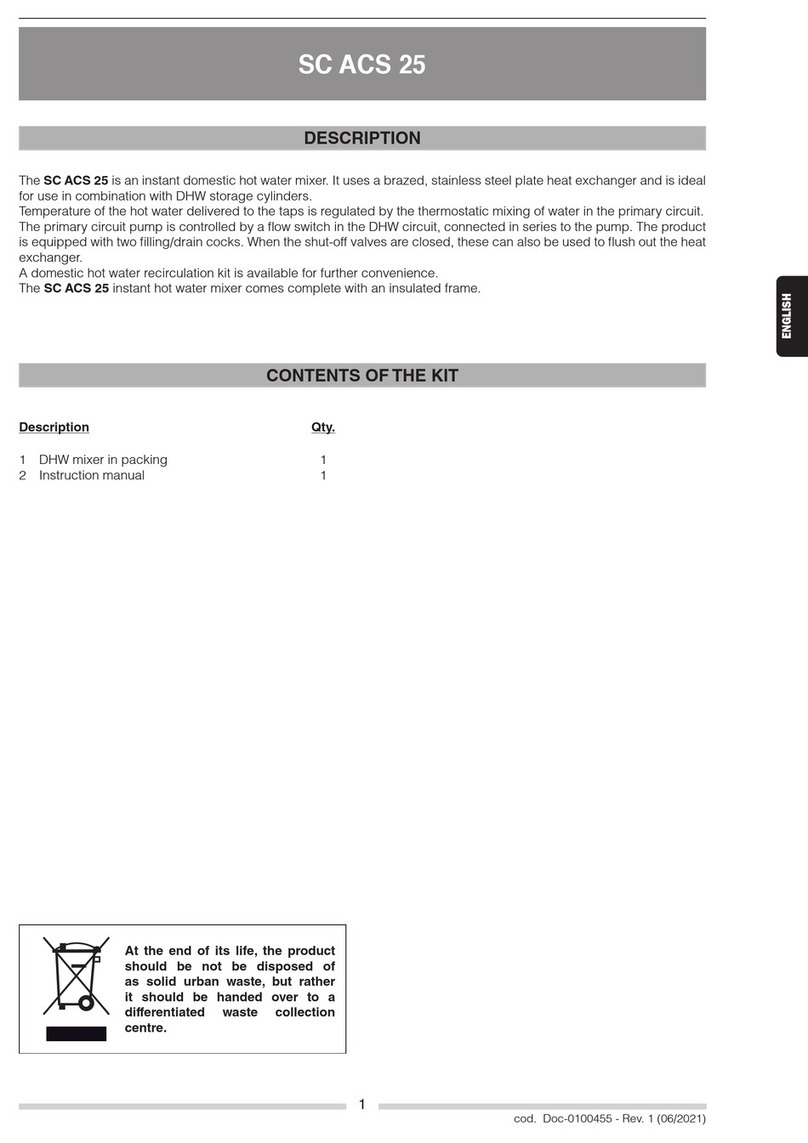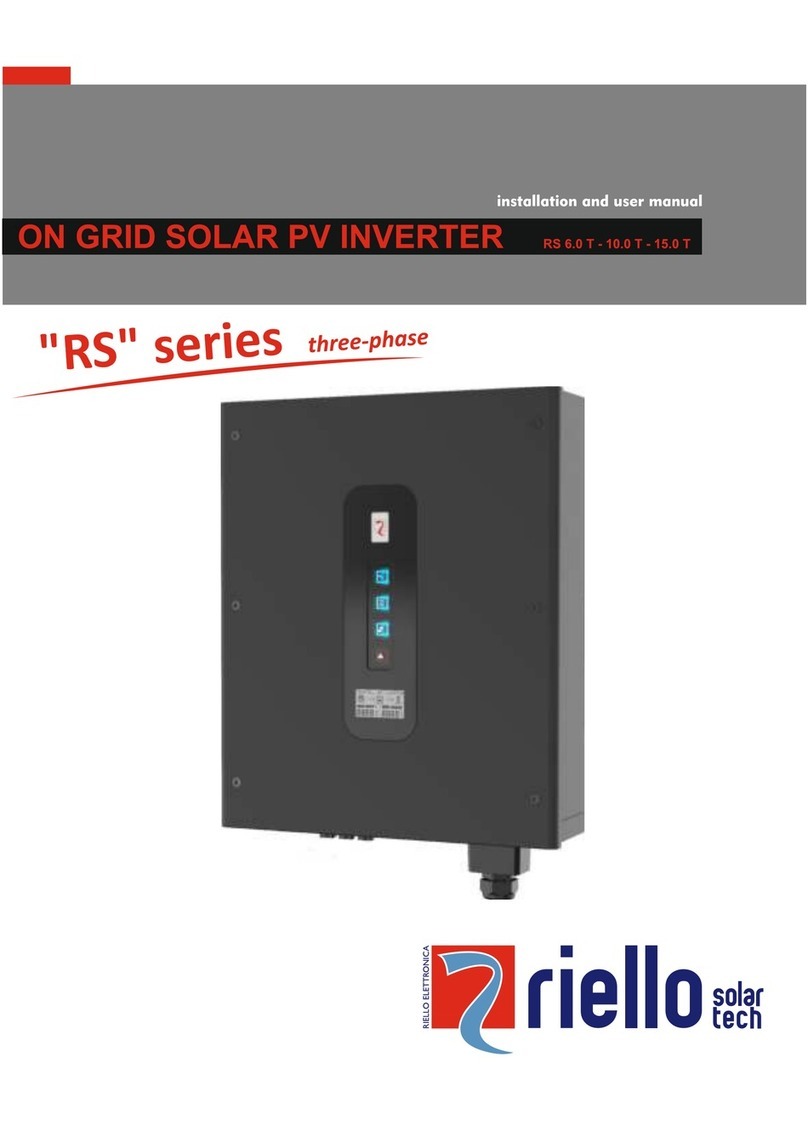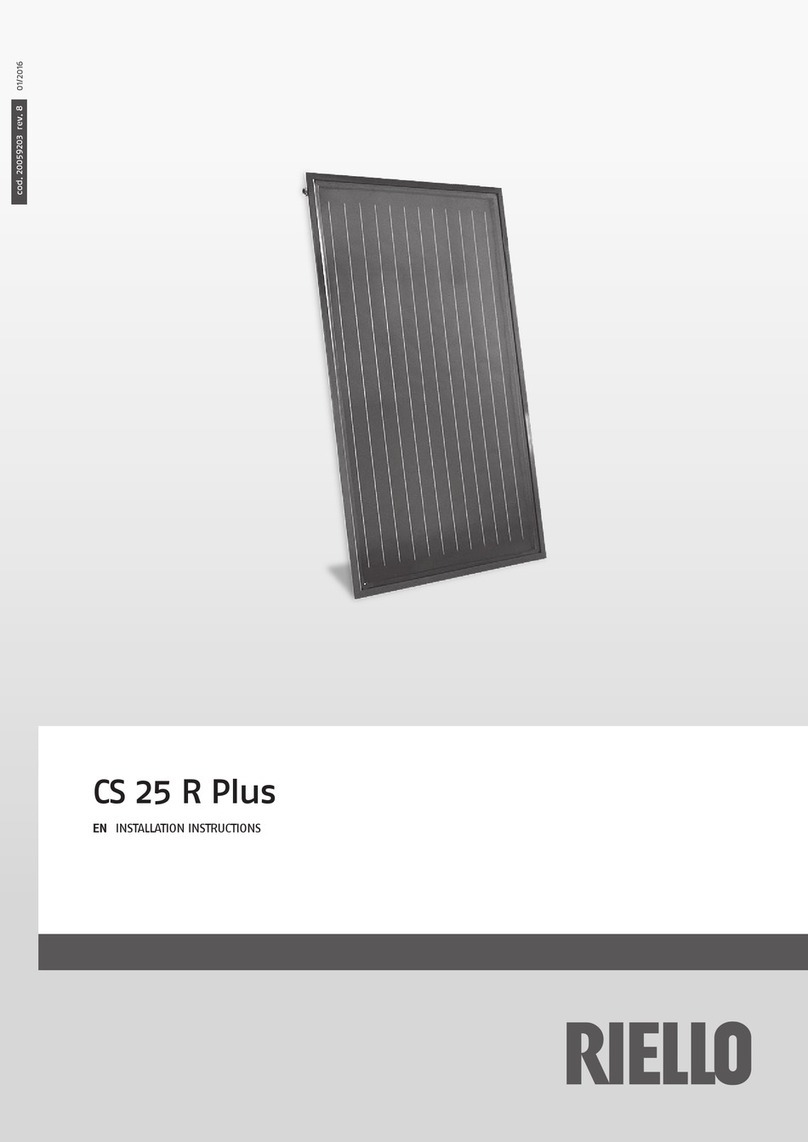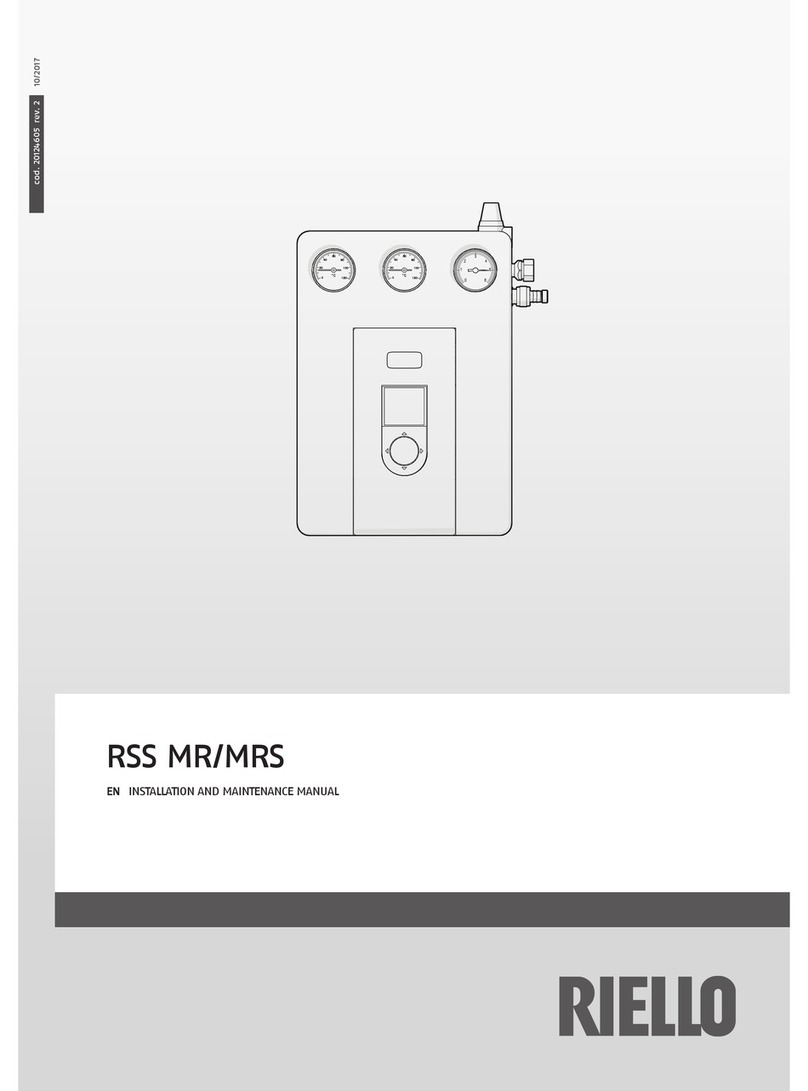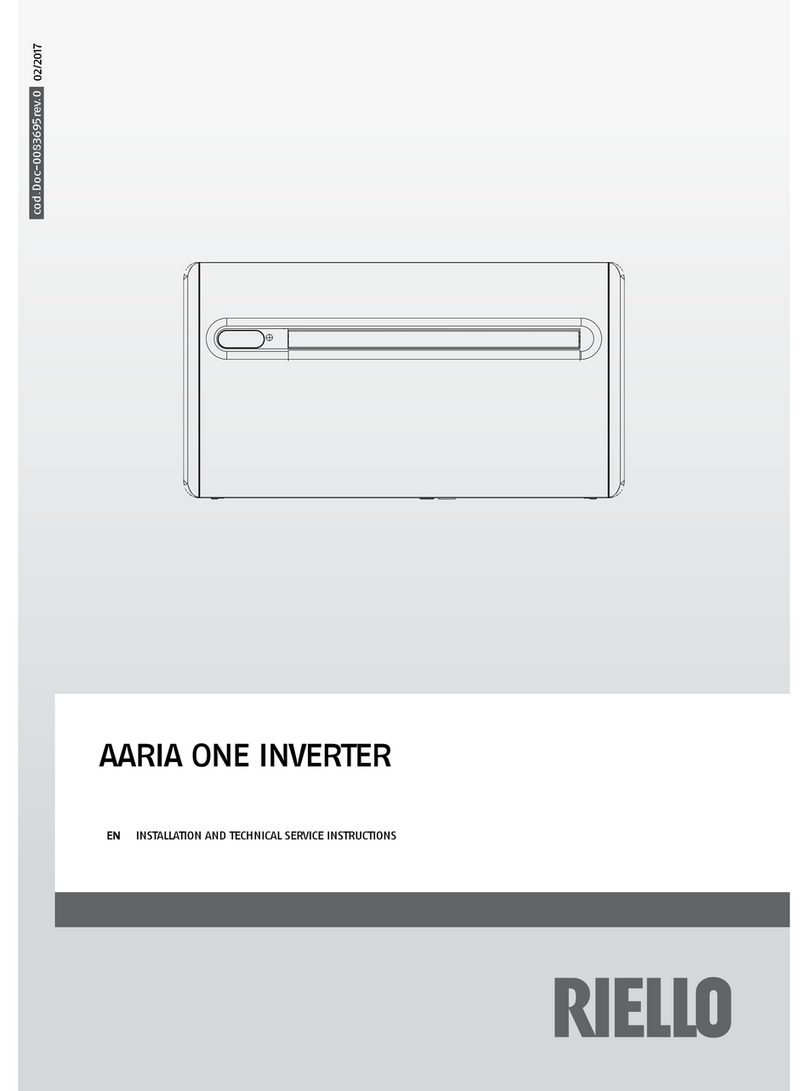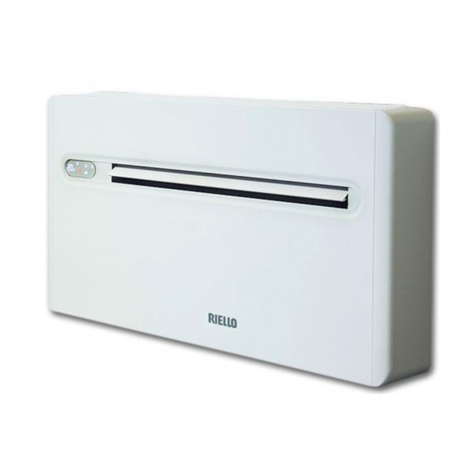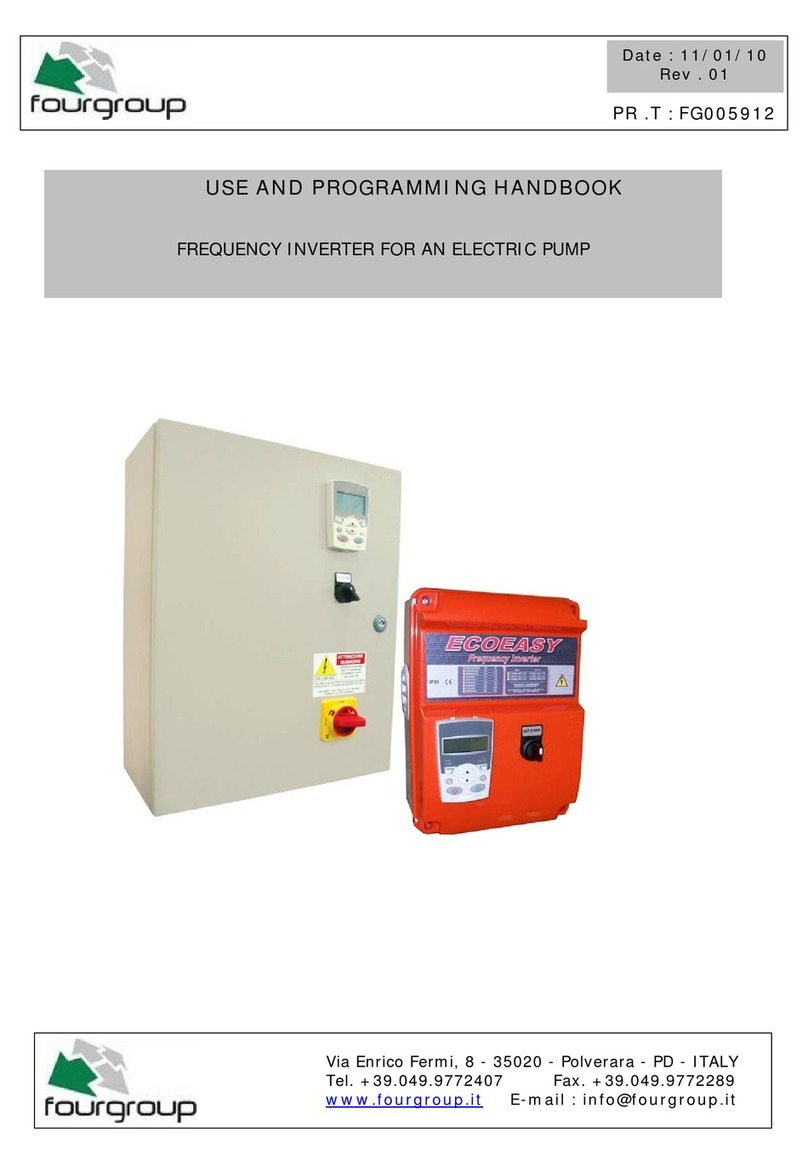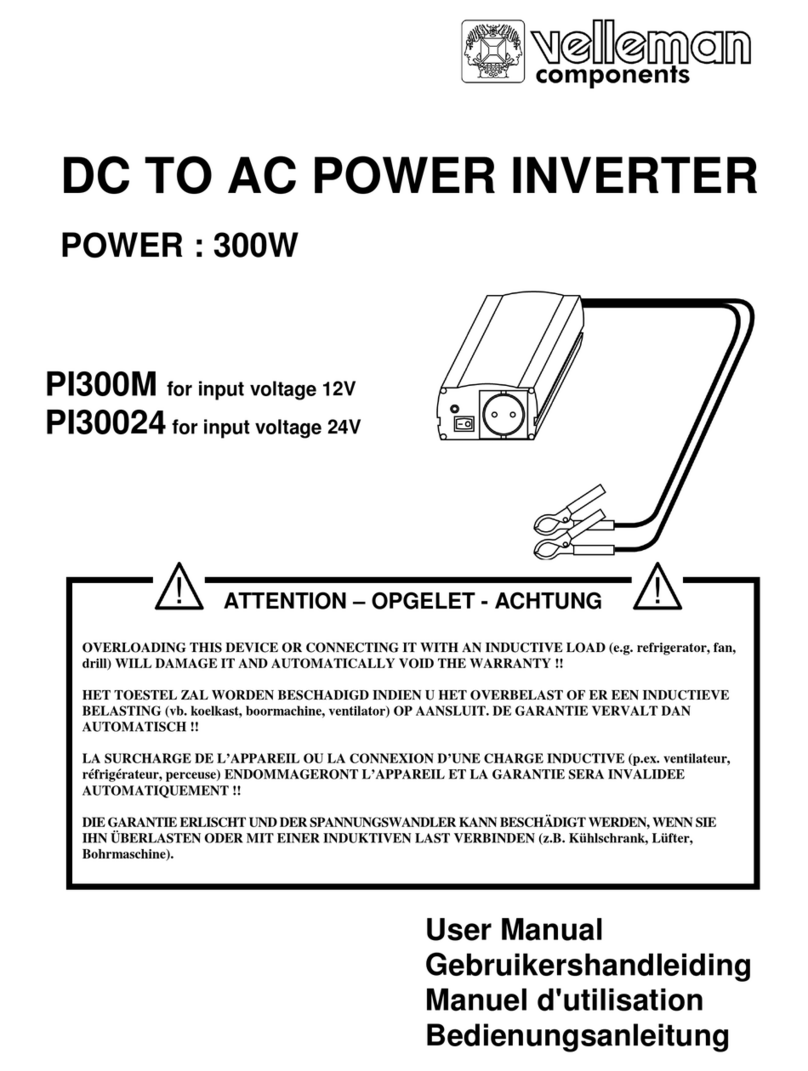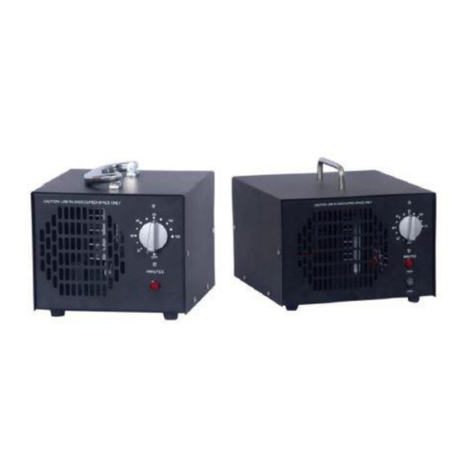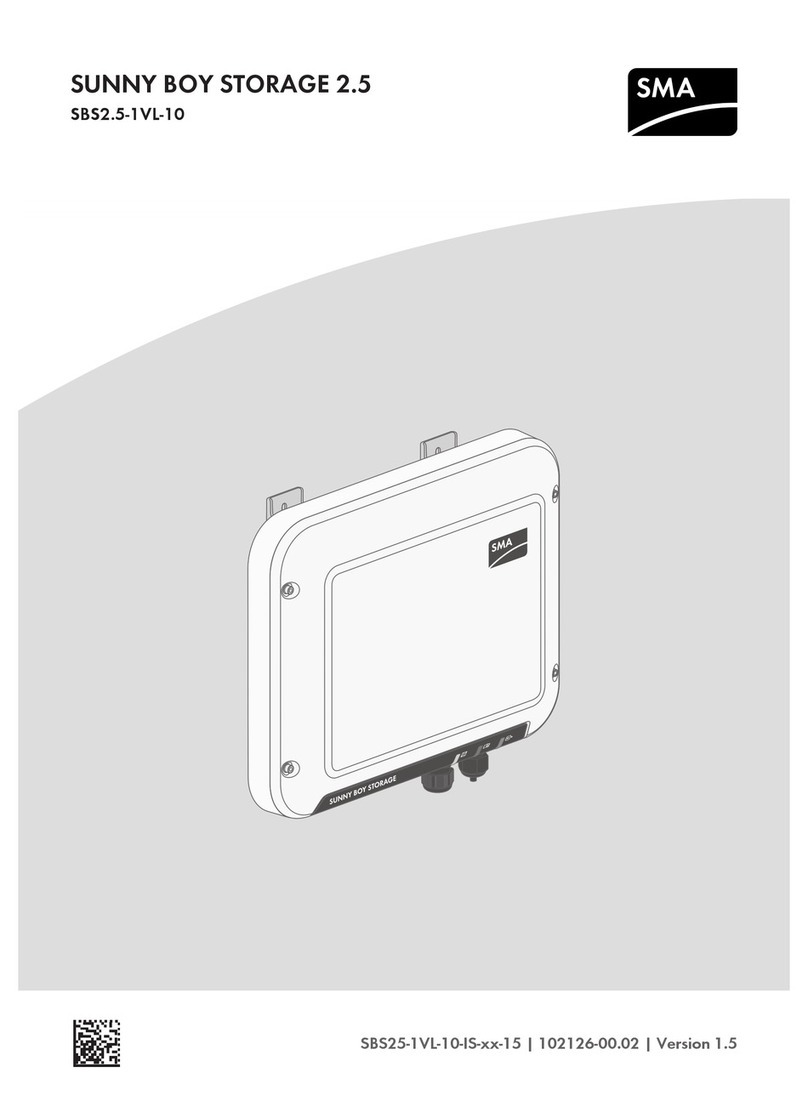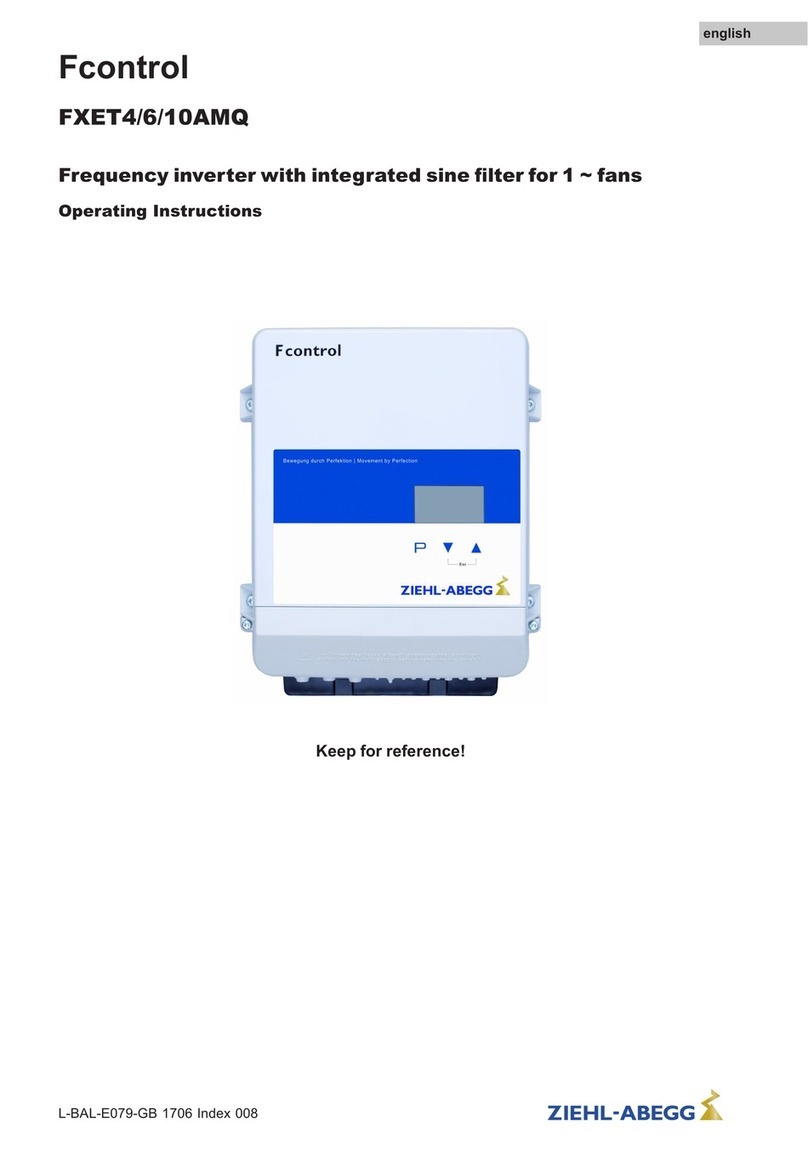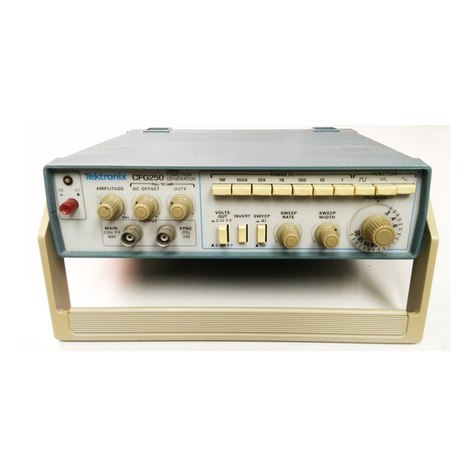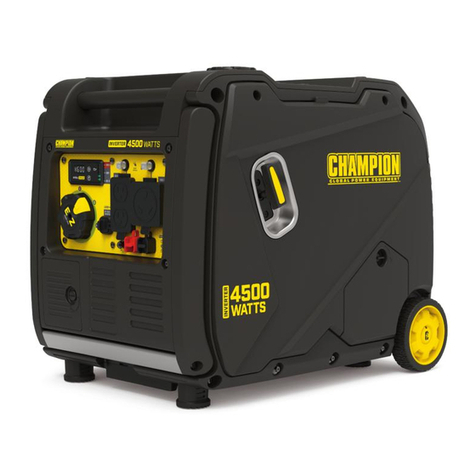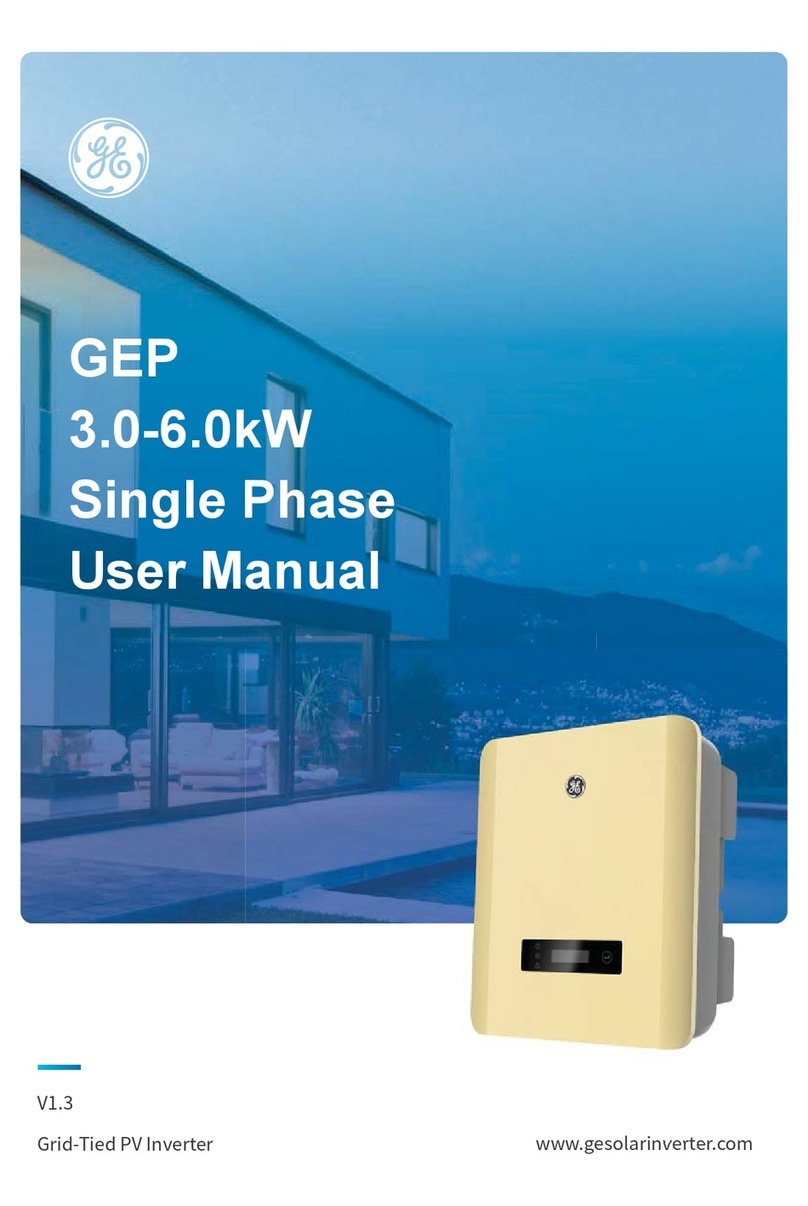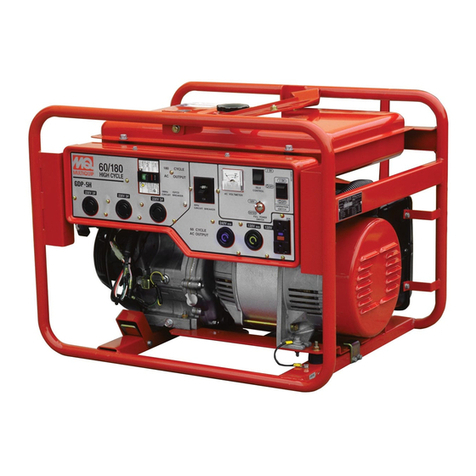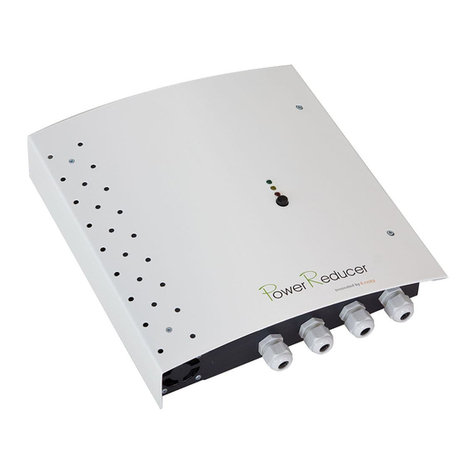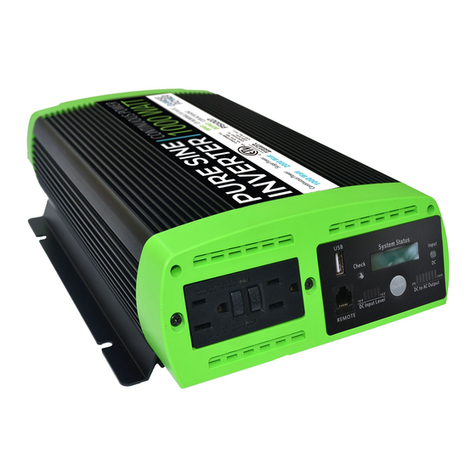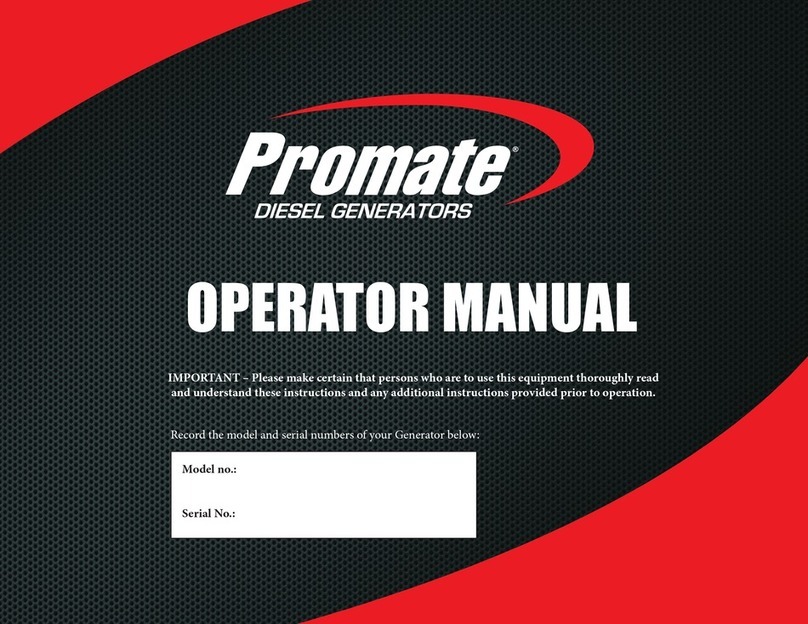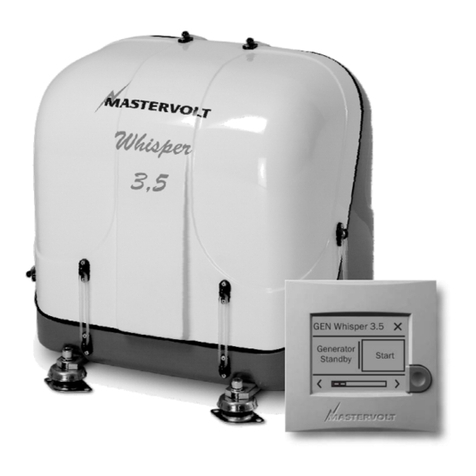•The first connection to be made is the connection between the earth conductor and the
terminal with the symbol shown here:
•The inverter must not operate without an earth connection.
•The equipment must be installed and used in accordance with the instructions contained in
this document and in the manner suggested from time to time. RIELLO Solar Tech. is not
liable for defects or malfunctions resulting from improper use of the equipment, alterations
due to transport or particular environmental conditions, failure or improper servicing,
tampering or temporary repairs, and the use or installation by unqualified individuals.
•If the inverter is not used according to the manufacturer's specifications, the security
provided by the inverter could get lost.
•The operating and maintenance personnel and specialized technicians should be
adequately trained in the safe use and maintenance of the device. They should always
operate with due precaution and wear personal protective equipment (PPE).
•Maintenance must not be carried it inside the inverter when it is being powered from the
mains or the DC voltage. For maintenance switch the inverter off and open all the other
switches. Always use a multimeter to ensure that there are no dangerous voltages.
•There are dangerous voltages inside the equipment even when the input and output
switches are in the open position; trained personnel must wait around 20 minutes for the
capacitors to discharge before working on the inside of the inverter.
•The specialized technician must comply scrupulously with the following instructions for the
installation and maintenance of the inverter:
ouse insulated tools.
oobserve polarities.
oif the fuses need replacing, replace only with the same type.
othe replaced components must be disposed of in accordance with the legislation in
force in the country of installation.
•Do not deactivate the protection devices or ignore the warnings, precautions and alarms
described in this manual or those shown on data plates on the equipment.
•Promptly replace any danger signals if they should become illegible through usage.
•The inverter must be used only with all side and internal panels duly secured and with the
front door closed.
•Under no circumstances may the structure of the equipment, the devices mounted on it,
the operating sequence, etc. be modified, tampered with or altered in any way without first
consulting the manufacturers.
•All ordinary and extraordinary maintenance operations must be noted in the appropriate
register with the date, time, type of intervention, operator name and any other useful
information.
